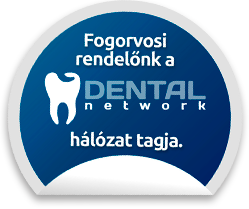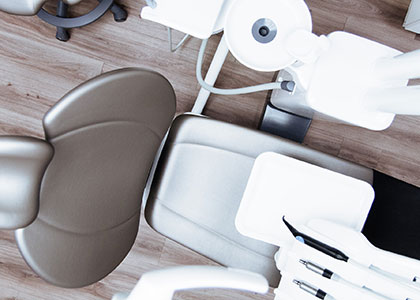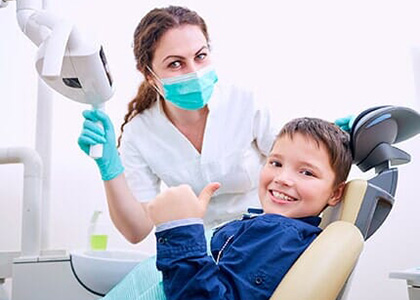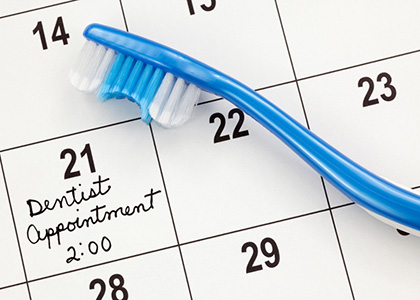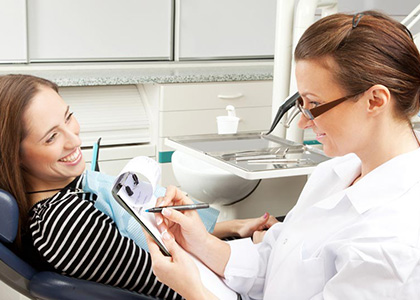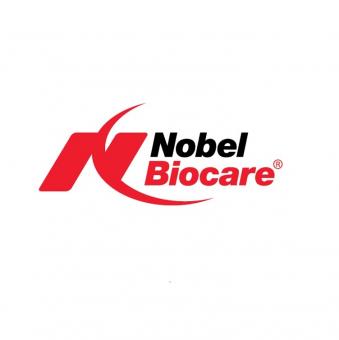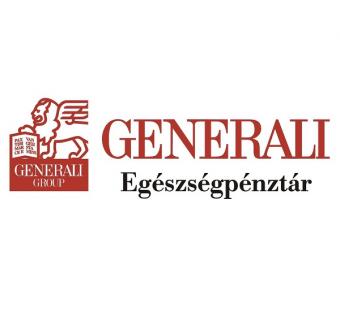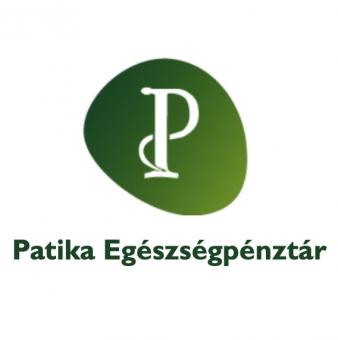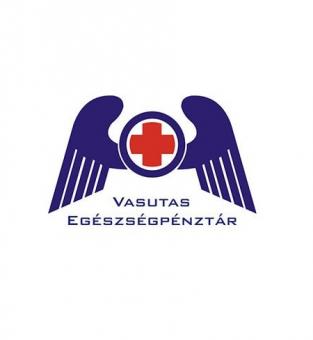Upper Palate Bumps: Causes, Treatment, and Prevention
Bumps that develop on the upper palate can appear in various types and arise for multiple reasons. These bumps can cause discomfort and may indicate more serious health issues. Early recognition and diagnosis of the symptoms are crucial for timely and appropriate treatment. This blog post will thoroughly discuss the causes, symptoms, treatment, and prevention options for bumps on the upper palate.
Blister on the Palate: What Could Be the Cause?
Blisters on the palate can appear for several reasons. Oral cysts, such as mucoceles, often develop due to injuries or blocked salivary glands. Tumors, both benign and malignant, can also cause bumps on the palate. Blisters may appear following oral surgical procedures, such as tooth extractions or other surgeries.
Lifestyle factors, such as smoking and alcohol consumption, can increase the risk of oral problems, including the formation of blisters. These factors together can contribute to the development of bumps on the palate, which require timely recognition and treatment to prevent more severe complications.
Symptoms and Diagnosis
The following symptoms can help in recognizing bumps on the upper palate:
Pain: Especially during eating or speaking.
Swelling: Noticeable lump or swelling on the palate.
Changes in Eating Habits: Difficulties in chewing or swallowing.
Sensitivity: Increased sensitivity to hot or cold foods and drinks.
Changes in the Mouth: Color or texture changes on the palate.
However, a precise diagnosis always requires a medical examination. Home diagnosis is unsafe and does not provide an accurate picture of the problem and treatment options. Therefore, it's crucial to visit a dentist at the onset of problems! The diagnostic process usually includes the following steps:
Physical Examination: The dentist examines the palate and other parts of the oral cavity, including teeth, gums, and tongue.
Imaging Studies: X-rays, CT scans, or MRIs can offer a more detailed view of the condition of the palate.
Biopsy: Tissue sampling from the bump for histological examination, which helps determine the nature of the bump.
Recognizing Bumps on the Upper Palate
Blisters on the palate can vary in size, shape, and color, depending on their cause.
White Blisters: These are small, round blisters typically resulting from canker sores or herpes infection. They have a white or yellowish center and are surrounded by a red inflammatory border.
Red Blisters: Often indicative of inflammation, such as from bacterial or viral infections. They are bright red and swollen, often painful.
Yellow Blisters: Their yellow color indicates the presence of pus, suggesting an infection. These blisters can be particularly painful and may require medical treatment.
Clear Blisters: These are transparent and usually form due to salivary gland blockage or minor injuries. They are less painful but can be bothersome.
Details of the appearance of blisters can help doctors determine the exact cause and appropriate treatment.
Palate Pain
Pain associated with palate bumps often manifests as sharp or dull pain, especially during eating or speaking. Symptoms include swelling, increased sensitivity, and difficulties in swallowing. Causes can be oral cysts, inflammations, infections, injuries, or tumors. Such pain requires proper diagnosis and treatment, so always consult a doctor if you experience persistent or severe pain on the palate.
Palate Inflammation
Palate inflammation often develops due to bacterial or viral infections. Signs include swelling, redness, and pain, which can cause difficulties in swallowing and speech problems. Bacterial infections, like streptococcus, are often responsible for the inflammation, while viral infections, such as herpes simplex, can also contribute. Without timely treatment, inflammation can worsen, making proper diagnosis and treatment essential.
Yellow Palate
A yellow palate often signals an infection or inflammation caused by bacterial or fungal infections, such as candidiasis. These conditions cause a yellowish discoloration on the palate. Other possible causes include blocked or secreting salivary glands. Diagnosis typically starts with a physical examination and may continue with additional tests, such as microbiological studies or a biopsy. It's important to see a doctor to determine the exact cause, as the right treatment depends on the diagnosis.
Treating Palate Pain
Treating pain in the palate can involve various methods. Home remedies include saltwater rinses to reduce inflammation and disinfect, and ice packs to alleviate swelling and pain. Medical interventions may involve prescribing antibiotics or antifungal medications to treat infections. In more severe cases, such as abscesses, surgical intervention may be necessary to remove the infection and facilitate healing.
Prevention
To maintain a healthy palate, it's important to practice good oral hygiene, including brushing twice daily and regular use of dental floss. Regularly rinse with saltwater or antiseptic mouthwash to reduce bacteria presence. Avoid overly hot, spicy, or acidic foods that can irritate the palate.
Furthermore, it's crucial to avoid smoking and excessive alcohol consumption, as these can increase the risk of oral problems. Regular dental check-ups help detect and treat early problems.
When to See a Doctor for a Palate Bump?
Always consult a doctor if the bump on the palate is painful, grows rapidly, bleeds, or causes difficulty swallowing. If the bump persists, changes color, or other unusual symptoms appear, medical examination is also necessary.
Timely diagnosis and treatment are crucial, as oral lesions can be indicative of more serious issues, such as infections or tumors. Without timely treatment, infections can spread, leading to more serious health complications. A dentist can provide accurate diagnoses and targeted treatments with appropriate examinations, such as biopsies or imaging procedures.
Don't let dental issues complicate your daily life! If you experience uncomfortable symptoms due to a bump on your palate, don't wait any longer: consult our experts with confidence! Call Fehérvári Dental clinic directly at +36 1 445 0011 to book an appointment as soon as possible. Take care of your oral health today!
